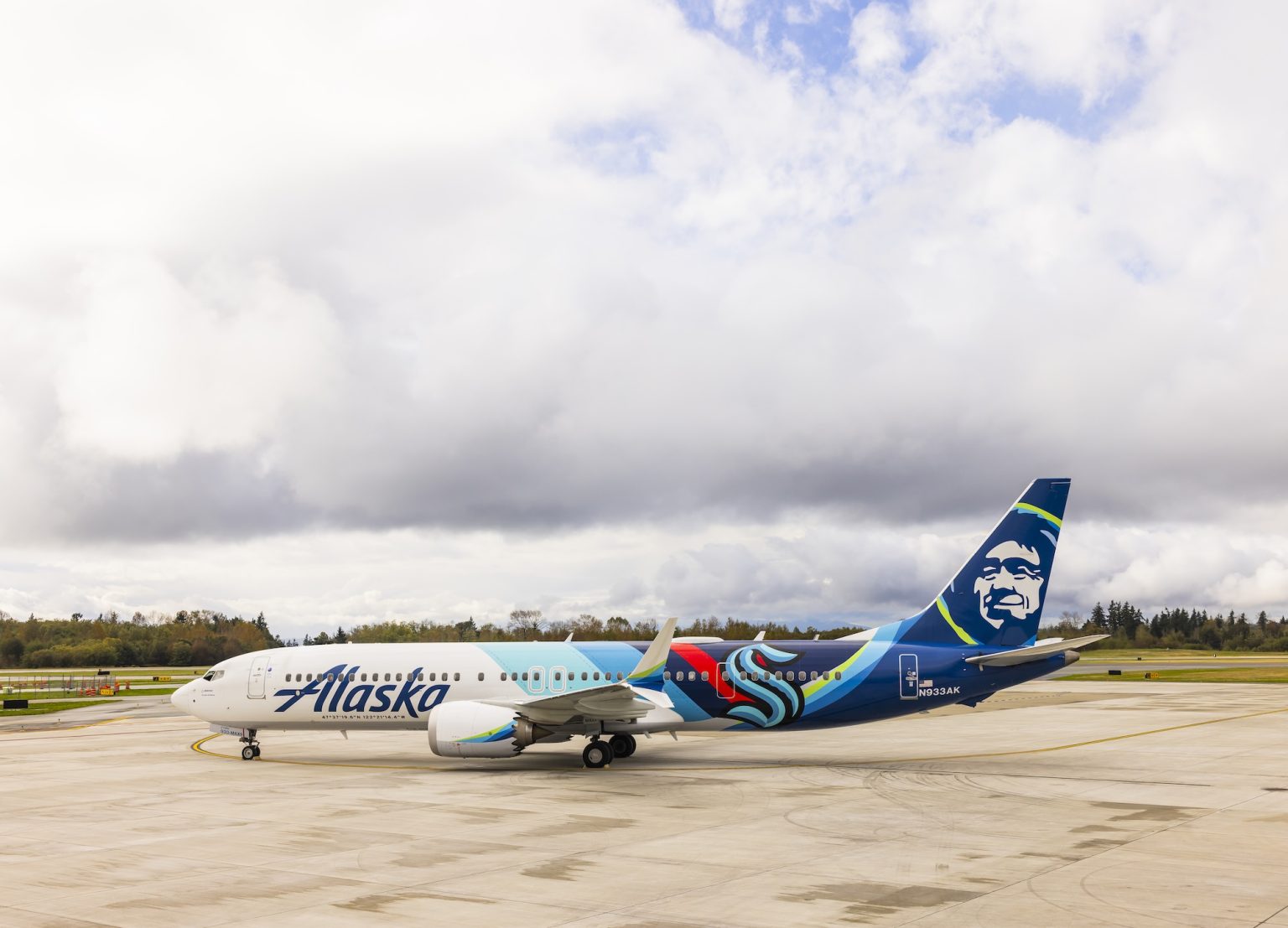Alaska Airlines Grapples with Another Major IT Outage, Disrupting Thousands of Travelers
In a troubling setback for Alaska Airlines, the Seattle-based carrier experienced its second major IT outage in just three months, causing significant disruptions across its network on Thursday. The eight-hour ground stop led to more than 400 canceled flights between Alaska Airlines and its Horizon Air subsidiary, affecting over 49,000 passengers who had their travel plans upended. This latest technical failure, attributed to issues at the airline’s primary data center, dealt such a blow that the company postponed its scheduled quarterly earnings call as its stock tumbled more than 6% in Friday trading. The sight of stranded passengers forming winding lines throughout Sea-Tac Airport, alongside mountains of unclaimed luggage accumulating in the baggage claim area, painted a vivid picture of the operational chaos that unfolded.
The airline was quick to clarify that the outage was not the result of a cybersecurity incident, but rather a failure within its core infrastructure systems. “Following a similar disruption earlier this year, we took action to harden our systems, but this failure underscores the work that remains to be done to ensure system stability,” the company acknowledged in its latest update. This candid admission highlights the ongoing challenges Alaska faces in maintaining reliable technology systems despite previous remediation efforts implemented after July’s outage, which was similarly attributed to a “critical piece of hardware” failing at its data centers. In response to this latest incident, Alaska announced it would immediately bring in outside technical experts to conduct a comprehensive assessment of its entire IT infrastructure to improve resilience.
Alaska Airlines operates with a hybrid technology approach, maintaining its own data centers for critical operations while also leveraging third-party cloud platforms. According to Vikram Baskaran, Alaska’s vice president of IT, the airline began migrating some workloads to Microsoft Azure around 2015 but has continued to maintain on-premises data centers for its most essential systems. The company has also embraced newer technologies, forming a partnership with Google Cloud last year to develop a generative AI-powered search experience. However, this blend of traditional and modern infrastructure hasn’t provided the stability the airline clearly needs, particularly for systems that directly impact flight operations and customer experience.
The financial implications of these recurring technical failures are substantial, though Alaska has not yet provided specific estimates for this latest incident. For context, the company previously disclosed that July’s outage was expected to reduce earnings by approximately $0.10 per share, translating to roughly $12 million in lost revenue. This new disruption comes at a particularly challenging time as Alaska Airlines recently reported third-quarter financial results showing only modest revenue growth of 1.4% year-over-year (reaching $3.8 billion), while profit plummeted by 69% to $123 million. Interestingly, Alaska’s Hawaiian Airlines subsidiary remained unaffected by the outage, suggesting some separation in their operational systems following Alaska’s acquisition of the island carrier.
The recurring nature of these technical failures raises serious questions about Alaska Airlines’ technological resilience and disaster recovery capabilities. For an airline that has positioned itself as an industry innovator and that serves millions of passengers annually, the inability to maintain consistent operations due to IT issues represents both a significant business risk and a potential damage to its reputation among travelers. The company’s acknowledgment that “the reliability of our technology is fundamental to our ability to serve guests and get them to where they need to be” demonstrates an understanding of what’s at stake, but passengers left stranded or delayed by these incidents may reasonably question whether enough is being done to address these fundamental problems.
As Alaska Airlines works to normalize operations following this latest disruption, the company faces mounting pressure to demonstrate that it can reliably serve its customers without being periodically crippled by technical failures. The decision to bring in outside experts signals an acknowledgment that internal solutions haven’t been sufficient to prevent recurrences. For travelers and investors alike, the airline’s ability to implement effective, lasting solutions will be closely watched in the coming months. This incident serves as a stark reminder of how dependent modern airlines have become on their technology infrastructure, and how devastating the consequences can be when those systems fail. As Alaska moves forward, balancing technological innovation with fundamental reliability will be essential to restoring passenger confidence and maintaining its competitive position in an increasingly challenging airline industry.














